Gold and silver prices experience significant volatility due to various factors that influence the market. Understanding these fluctuations is crucial for investors and enthusiasts alike. In this article, we’ll explore the dynamics that drive the volatility in gold and silver prices. Whether it’s market dynamics, geopolitical events, inflation, or speculation, each factor plays a role in shaping the market’s behavior. Dive into this analysis to gain insight into why these precious metals can be so unpredictable.
Understanding Market Dynamics
Market dynamics play a crucial role in the fluctuations of gold and silver prices. These dynamics are essentially the forces that impact supply and demand, and they are influenced by numerous factors. Investors and analysts keep a close watch on these dynamics to better understand market trends.
Supply and Demand Forces: The availability of gold and silver, along with their demand in industries such as jewelry and electronics, can significantly sway their prices. For example, an increase in demand during festive seasons can push prices up, while an oversupply can cause them to dip.
Economic Indicators: Economic health indicators such as GDP growth, unemployment rates, and manufacturing outputs can influence investor confidence. A booming economy might see a rise in demand for industrial use of silver, whereas economic downturns often drive investors towards the haven of gold.
Global Events: Environmental factors, strikes, and political decisions in key producing nations can limit supply or shift demand patterns. These events create uncertainties, often leading to increased volatility in markets.
To navigate these dynamics, understanding the underlying market mechanisms, including trends and cycles, becomes essential for investors and analysts alike.
Impact of Geopolitical Events
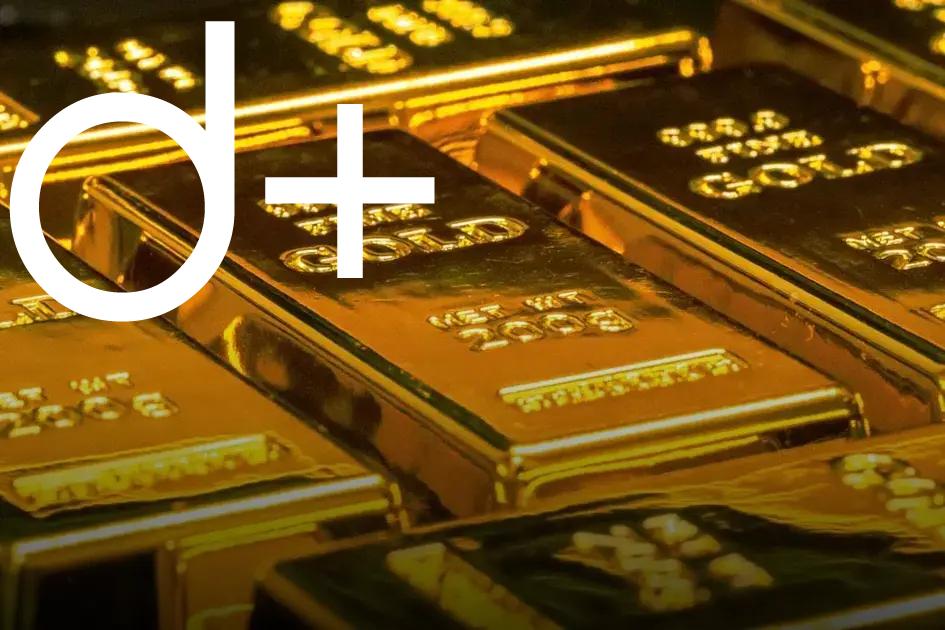
Geopolitical events play a significant role in shaping the prices of gold and silver. These precious metals often act as safe-haven assets during times of political instability or international tension. When conflicts arise or relations between countries become strained, investors tend to flock to assets deemed safer, boosting the demand and price of gold and silver.
For example, uncertainties such as military conflicts or economic sanctions can disrupt global supply chains and lead to a climate of fear and caution in the markets. This fear can trigger a surge in demand for precious metals, as they are seen as a hedge against economic instability.
Additionally, diplomatic crises or elections that bring uncertainty about future economic policies can lead to volatility in traditional financial markets. As a result, investors might look for alternative investments, increasing interest in precious metals.
The interconnected nature of the global economy also means that events in one region can have ripple effects elsewhere, influencing precious metals prices worldwide. For instance, tensions in the Middle East or economic policies in major countries such as the United States and China can significantly impact investor confidence and perceptions of risk, directly affecting the metals market.
Understanding these geopolitical influences is essential for investors and market observers aiming to predict future price trends of gold and silver. By monitoring geopolitical developments, one can gain insights into potential shifts in market dynamics, helping to make informed investment decisions.
Role of Inflation and Interest Rates
Inflation and interest rates play critical roles in the volatility of gold and silver prices, influencing their position as safe-haven assets. When inflation rises, the currency’s purchasing power declines, leading investors to seek assets like gold and silver that can retain value over time.
Interest rates, controlled by central banks, are used to manage inflation. When interest rates increase, the opportunity cost of holding non-yielding assets like gold and silver rises, often leading to a decrease in their prices. Conversely, lower interest rates can boost the attractiveness of these metals as they compete better with income-generating investments.
The interplay between inflation and interest rates creates a dynamic environment, impacting day-to-day investor decisions and long-term trends in the precious metals market. Understanding this intricate relationship is crucial for anticipating how economic changes can ripple through the market and influence prices.
Speculation and Investor Behavior
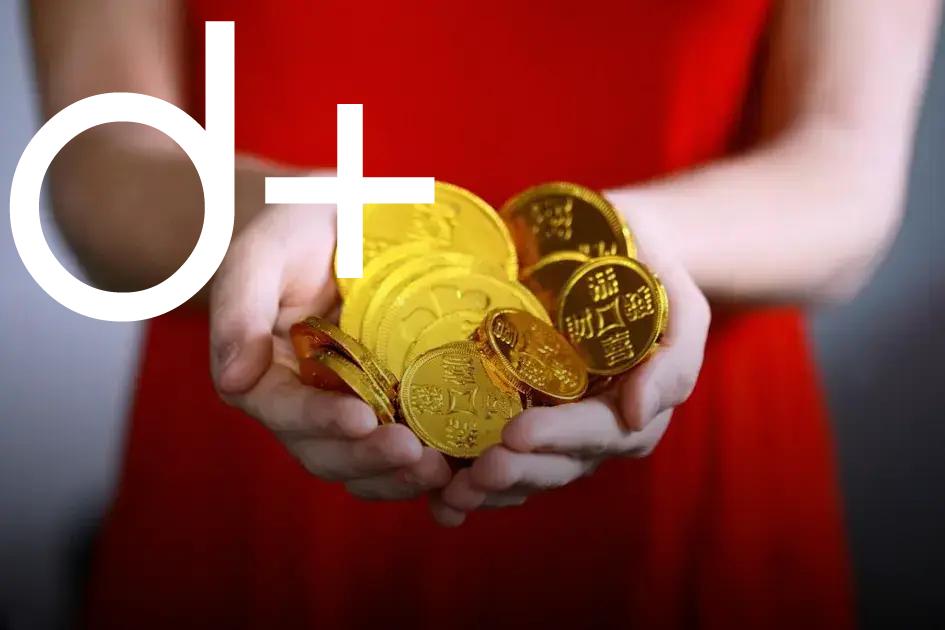
Investor behavior significantly impacts gold and silver prices. Market speculation, driven by investor sentiment and market news, can lead to swift price changes. Investors often look for safe havens during uncertain times, and precious metals like gold and silver are traditional choices. This tendency can lead to increased demand, driving up prices.
Speculative trading amplifies volatility by inflating or deflating prices rapidly based on rumors or expectations rather than actual changes in supply or demand. When investors behave speculatively, they might buy or sell large quantities, believing that others will follow, which affects short-term market movements.
Understanding these behavioral patterns is key to navigating the volatility in precious metals markets. It’s critical to differentiate between fundamental price drivers and speculative bubbles, to make informed investment decisions.



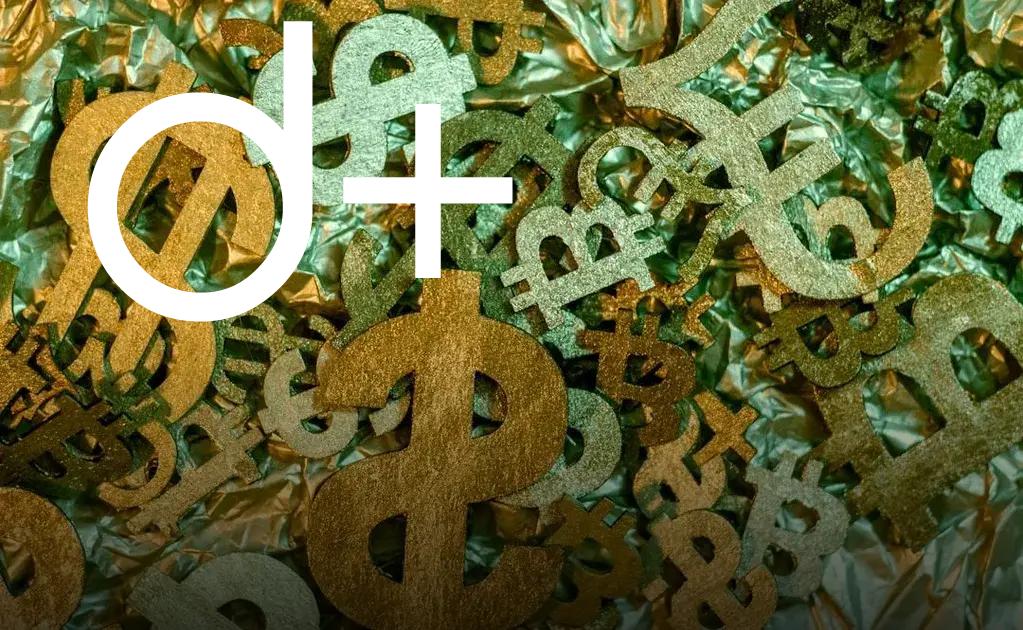
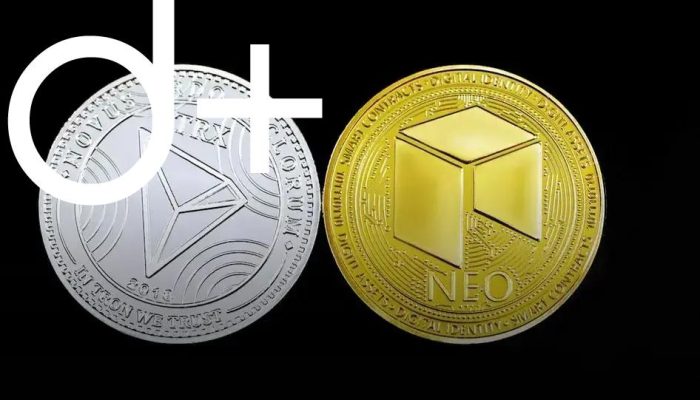
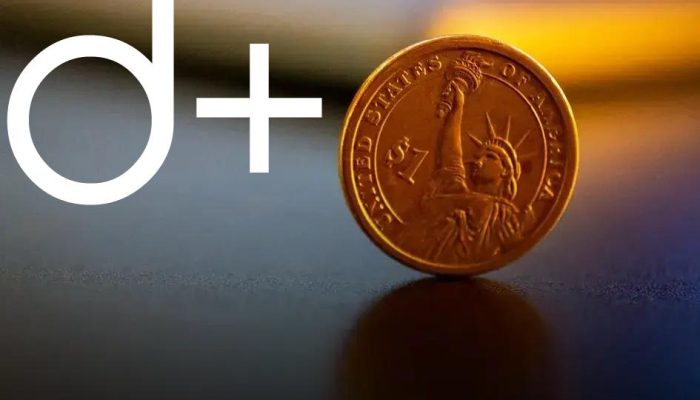

![BANNER 1 - HOME [QUADRADO]](https://dailyfindinvestment.com/wp-content/uploads/2025/01/BANNER-300-X-300.gif)
